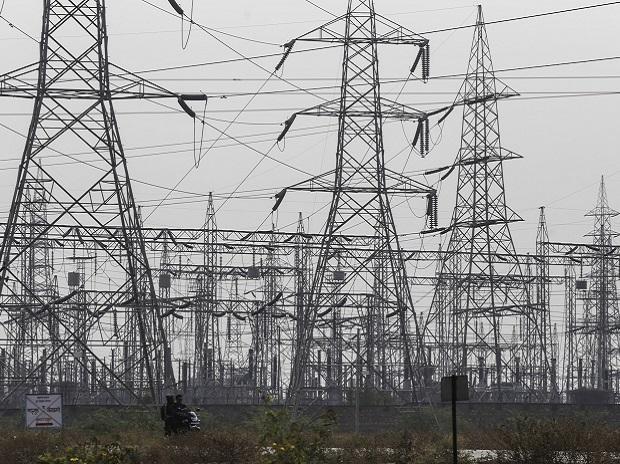The installed capacity of power in India has doubled in the last 10 years. From 199,877 MW in 2011-12, it has risen to 399,497 MW in 2021-22, data from the Reserve Bank of India (RBI) showed. Additionally, the total installed capacity of grid interactive renewable power has gone up by 3.7 times in the same period. It has risen from 19,971 MW in 2011 to 94,434 MW in 2021.
Maharashtra has the highest installed capacity of power of 43,466 MW followed by 42,208 in Gujarat. With 15,463 MW, Karnataka has the highest installed capacity of grid interactive renewable power in India. Tamil Nadu follows it with 15,225 MW and Gujarat with 13,153 MW, according to the RBI’s “Handbook Of Statistics On Indian States”.
In union territories (UTs), Jammu & Kashmir and Ladakh, combined, top the list with an installed power capacity of 3,510 MW.
However, as compared to the rise in installed capacity, the total state-wise availability of power has gone up a lesser 60 per cent from 85,789 in 2011-12 to 137,402 crore units in 2021-22.
Maharashtra also has the highest power availability in India with 17,281 crore units. It is followed by Uttar Pradesh and Gujarat with 12,831 and 12,367 crore units respectively.
The per capita power availability in India has risen by 57 per cent during the same period. It has gone up from 708.9 kilowatt-hours (kWh) in 2011-12 to 1115.3 kWh in 2021-22.
Goa tops the list of states at 3,046 kilowatt-hours (kWh). It is followed by Punjab at 2,251 kWh and Haryana with a per capita availability of 2,177 kWh per capita.
With 2,051 and 2,004 kWh, Gujarat and Telangana respectively are the only two others states in the country that have per capita power availability higher than 2,000 kWh.

Note:- (Not all news on the site expresses the point of view of the site, but we transmit this news automatically and translate it through programmatic technology on the site and not from a human editor. The content is auto-generated from a syndicated feed.))




Hi friends, how is the whole thing, and what you want to say
on the topic of this post, in my view its actually awesome for me.
I couldn’t resist commenting. Perfectly written.